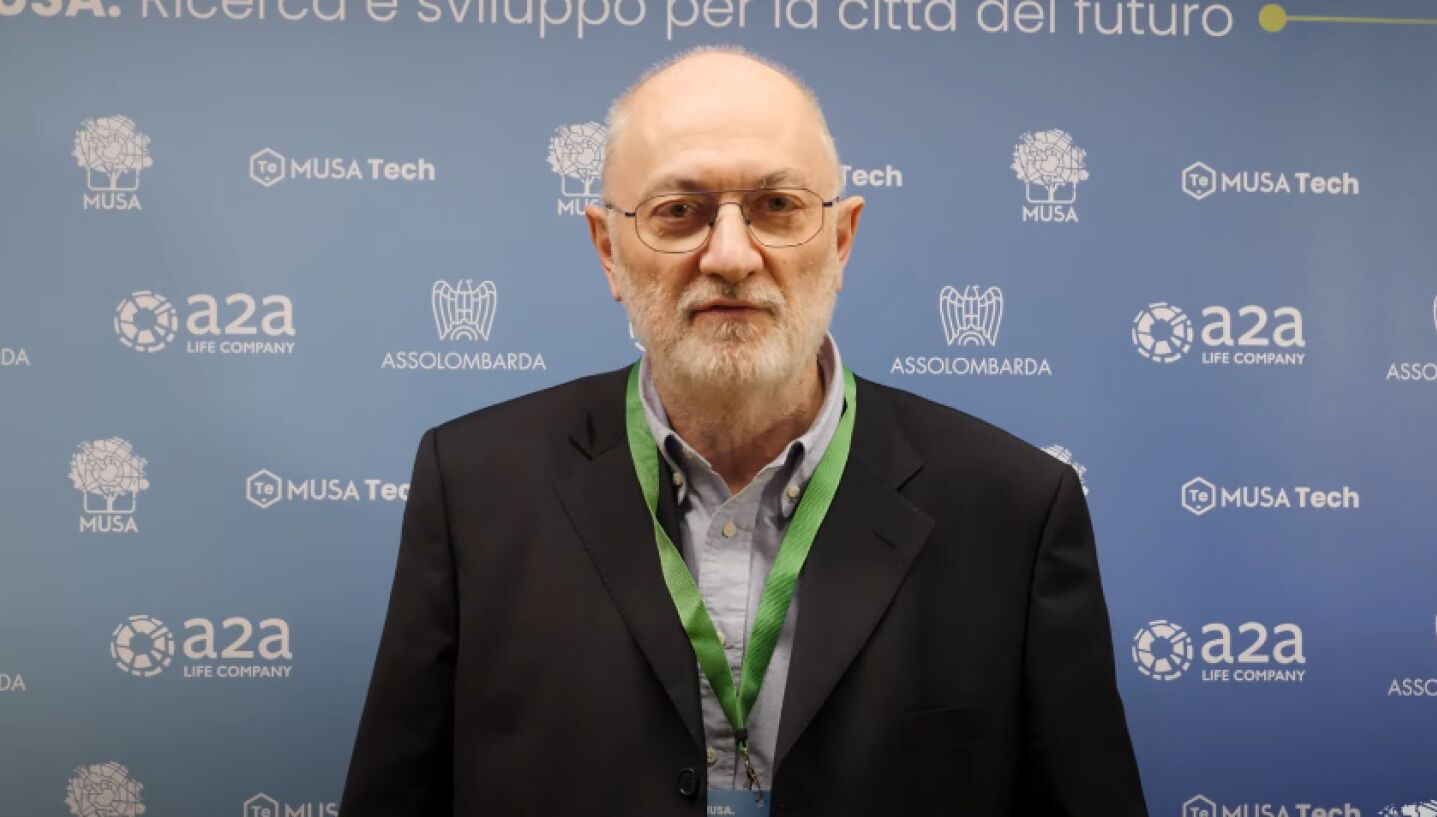Space technologies for urban regeneration, environmental sustainability, artificial intelligence, and digital health. This is how MUSA is transforming Lombardy into a model of integrated innovation.
During the “Research and Development for the City of the Future” event, organized by MUSA in collaboration with Assolombarda and A2A, Professor Paolo Milani, Director of the Physics Department at the University of Milan, illustrated MUSA’s commitment to urban regeneration and the enhancement of the Lombardy region, with a cutting-edge focus on the Space Economy.
Two days of meetings at the Assolombarda headquarters brought together universities, institutions, and businesses around a common goal: designing more sustainable, technological, and inclusive cities. In this context, Milani highlighted how Lombardy represents fertile ground for integrating Space Economy technologies into civilian applications, thanks to an already highly dynamic and innovative ecosystem.
“Lombardy is home to technologically advanced companies in the Space Economy field,” Milani explained. “It therefore seemed natural to integrate them, leveraging the technologies developed within MUSA, to address crucial challenges that current events make increasingly urgent.”
The Space Economy, often associated with space exploration, now reveals a transformative potential even in everyday life. According to Milani, “technologies developed for the space environment can be re-purposed to meet urban needs, offering concrete solutions in various areas. From secure and reliable communications, to the growing demand for artificial intelligence with sustainable energy consumption, all the way to supporting healthcare through telemedicine services: the range of applications is broad and strategic for the quality of life of citizens.”
“It’s not just about adopting new technologies,” Milani added, “but about integrating them, leveraging the expertise already present in the region, from universities like Statale, Politecnico, and Bicocca, to the already active industrial fabric.” MUSA’s added value in this context is precisely its ability to bridge scientific research and concrete applications, creating synergies between different worlds to generate useful and shared innovation. The objective is ambitious: “to make Lombardy not only an experimentation laboratory, but a provider of advanced technologies, capable of playing a leading role in the development of the cities of the future.”





